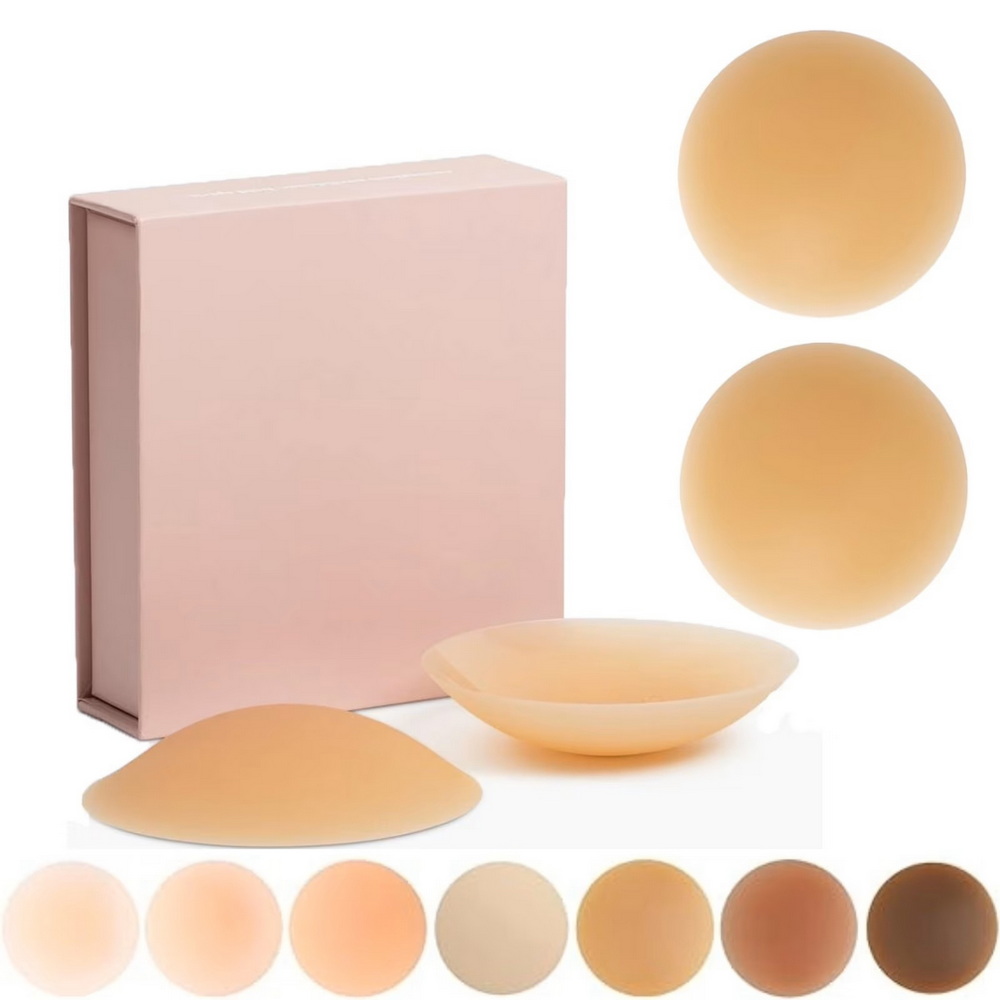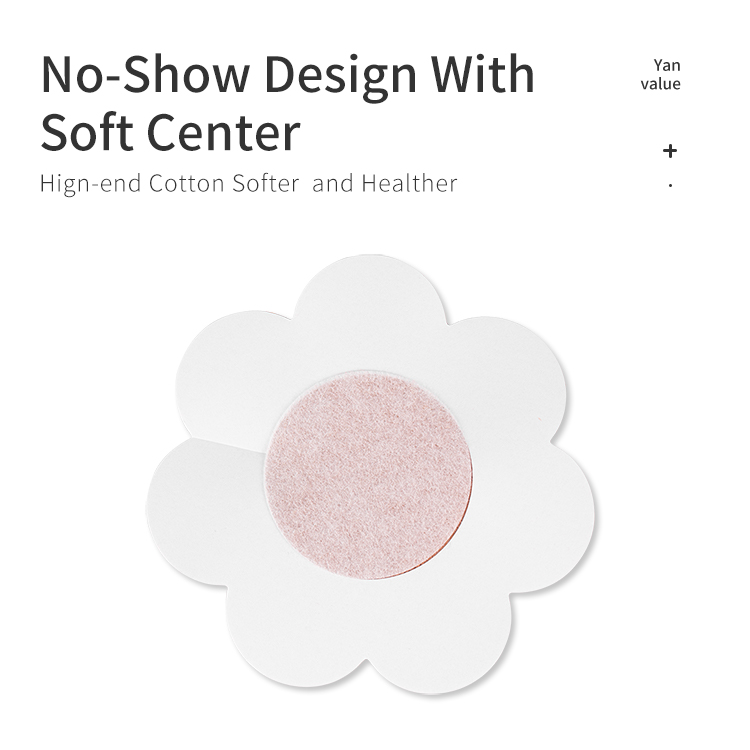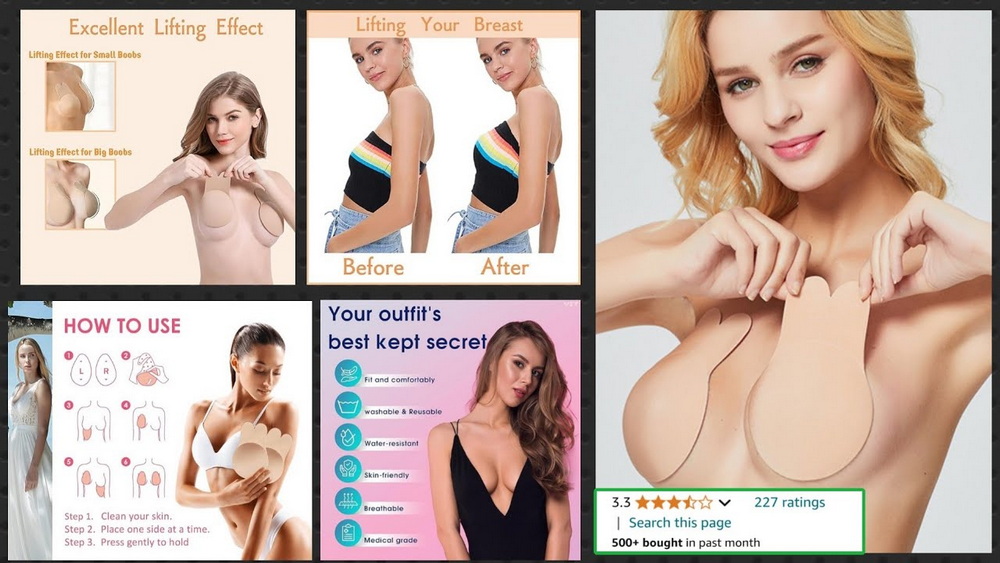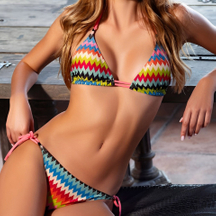Content Menu
● What Are Silicone Nipple Covers?
>> Advantages of Silicone Nipple Covers
>> Disadvantages of Silicone Nipple Covers
● What Are Fabric Nipple Covers?
>> Advantages of Fabric Nipple Covers
>> Disadvantages of Fabric Nipple Covers
● Silicone vs. Fabric Nipple Covers: Side-by-Side Comparison
● Choosing the Right Nipple Cover
● Conclusion
● Frequently Asked Questions
>> 1. Are silicone nipple covers reusable?
>> 2. Can fabric nipple covers be used for swimming?
>> 3. Which type of nipple cover is better for sensitive skin?
>> 4. Are silicone nipple covers waterproof?
>> 5. Which nipple cover is more eco-friendly?
● References
Choosing the right nipple cover can make a significant difference in comfort, appearance, and practicality, especially for those who need reliable coverage for various occasions. The debate between silicone and fabric nipple covers is ongoing, with each type offering unique advantages and drawbacks. This article will provide a comprehensive overview of the pros and cons of silicone vs. fabric nipple covers, helping consumers and brands make informed decisions.

What Are Silicone Nipple Covers?
Silicone nipple covers are made from medical-grade silicone, a material known for its durability, flexibility, and skin-like texture. These covers are designed to mimic the natural shape and feel of the breast, providing a seamless look under clothing. Silicone nipple covers are reusable, waterproof, and sweatproof, making them ideal for formal wear, activewear, and swimwear.

Advantages of Silicone Nipple Covers
- Durability and Reusability: Silicone nipple covers can be washed and reused multiple times, often lasting up to 30 wears with proper care.[3][5]
- Waterproof and Sweatproof: These covers are perfect for swimming, workouts, and hot weather, as they maintain their adhesive strength even when wet.[1][3]
- Seamless Appearance: The ultra-thin design and smooth edges ensure that silicone nipple covers are invisible under tight or sheer clothing.[5][3]
- Customizable Fit: Many silicone covers can be trimmed for a perfect fit, accommodating different breast sizes and shapes.[5]
- Subtle Lift and Shaping: Silicone covers can provide a slight lift, enhancing the natural shape of the breast.[3][5]
Disadvantages of Silicone Nipple Covers
- Breathability Issues: Silicone is less breathable than fabric, which can lead to discomfort or irritation for those with sensitive skin or when worn for extended periods.[1][5]
- Adhesive Sensitivity: The strong adhesive may cause irritation for some users, especially if not removed gently.[1]
- Environmental Impact: Most silicone nipple covers are not recyclable, raising concerns about sustainability.[5]
- Weight Sensitivity: Some users report a "tugging" sensation after prolonged wear.[5]
What Are Fabric Nipple Covers?
Fabric nipple covers are typically made from soft materials such as cotton, polyester, or bamboo blends. These covers are designed to be breathable and comfortable, making them suitable for daily wear and casual outfits. Fabric nipple covers are often single-use and disposable, though some reusable options are available.

Advantages of Fabric Nipple Covers
- Breathability: Fabric covers are highly breathable, reducing the risk of irritation and discomfort, especially for those with sensitive skin.[1][5]
- Soft and Comfortable: The soft texture of fabric covers provides a comfortable feel, making them ideal for everyday use.[5]
- Affordability: Fabric nipple covers are generally more affordable than silicone options, making them a budget-friendly choice for one-time use.[8][10][1]
- Eco-Friendly: Many fabric covers are made from sustainable materials and are biodegradable, appealing to environmentally conscious consumers.[5]
- Discreet Under Thin Fabrics: Fabric covers are ultra-thin and can be nearly invisible under delicate fabrics like silk.[5]
Disadvantages of Fabric Nipple Covers
- Durability: Fabric covers are less durable than silicone and are typically designed for single use, requiring frequent replacement.[8][3][1]
- Adhesive Strength: The adhesive on fabric covers is generally weaker, which can lead to slippage, especially in hot or humid conditions.[3][1]
- Water Resistance: Fabric covers lose their adhesive strength when wet, making them unsuitable for swimming or intense workouts.[3][5]
- Limited Sizing: Most fabric covers are designed for smaller to medium cup sizes, and larger breasts may experience slippage.[5]
Silicone vs. Fabric Nipple Covers: Side-by-Side Comparison
| Feature | Silicone Nipple Covers | Fabric Nipple Covers |
| Material | Medical-grade silicone | Cotton, polyester, bamboo |
| Reusability | Yes, up to 30 wears | Typically single-use |
| Comfort | Skin-like, ultra-thin | Breathable, soft |
| Adhesion | Strong, sweatproof | Varies, less secure in heat |
| Best For | Formal wear, workouts, swimming | Casual wear, short-term use |
| Skin Sensitivity | May cause irritation | Usually more skin-friendly |
| Water Resistance | Yes, waterproof | No, loses adhesion when wet |
| Price | Higher upfront, reusable | Budget-friendly, disposable |
| Environmental Impact | Not recyclable | Often biodegradable |
Choosing the Right Nipple Cover
When deciding between silicone and fabric nipple covers, consider the following factors:
- Occasion: Silicone covers are best for formal events, activewear, and swimming, while fabric covers are ideal for casual wear and daily use.[3][5]
- Skin Sensitivity: If you have sensitive skin, fabric covers may be more comfortable and less likely to cause irritation.[1][5]
- Budget: Fabric covers are generally more affordable for one-time use, while silicone covers offer long-term value through reusability.[8][1][3]
- Sustainability: Fabric covers are often more eco-friendly, while silicone covers are not recyclable.[5]

Conclusion
Both silicone and fabric nipple covers have their unique strengths and weaknesses. Silicone covers excel in durability, reusability, and waterproof performance, making them ideal for formal and active occasions. Fabric covers, on the other hand, offer superior breathability, comfort, and affordability, making them perfect for daily wear and sensitive skin. By understanding the pros and cons of each type, consumers can choose the nipple cover that best suits their needs and preferences.
Frequently Asked Questions
1. Are silicone nipple covers reusable?
Yes, silicone nipple covers are reusable and can last up to 30 wears with proper care.[3][5]
2. Can fabric nipple covers be used for swimming?
No, fabric nipple covers lose their adhesive strength when wet and are not suitable for swimming.[3][5]
3. Which type of nipple cover is better for sensitive skin?
Fabric nipple covers are generally more skin-friendly and less likely to cause irritation.[1][5]
4. Are silicone nipple covers waterproof?
Yes, silicone nipple covers are waterproof and sweatproof, making them ideal for swimming and workouts.[1][3]
5. Which nipple cover is more eco-friendly?
Fabric nipple covers are often more eco-friendly and biodegradable compared to silicone covers.[5]
References
[1](https://nuebootape.com/blogs/nueboo-blog/silicone-vs-fabric-pasties)
[2](https://huggingface.co/openbmb/cpm-bee-1b/commit/bd72a61dd7a59086ed7456f1dfcaa995c8ec58a3.diff)
[3](https://slicknipps.com/blogs/slicknipps/breast-cover-silicone-vs-fabric-pasties-which-one-is-right-for-you)
[4](https://huggingface.co/facebook/xm_transformer_unity_hk-en/resolve/main/en_zh_spm.dict?download=true)
[5](https://nipppi.net/blogs/blogs/silicone-vs-fabric-nipple-covers)
[6](https://www.getboomba.com/blogs/boomba-blog/disposable-vs-reusable-nipple-covers-pros-and-cons)
[7](https://www.reddit.com/r/womenstyleadvice/comments/otcwva/hi_was_wondering_if_anyone_knew_if_silicone_or/)
[8](https://inodes-cosmetics.com/blogs/news/a-comparison-of-silicone-nipple-covers-versus-other-types-of-nipple-covers-such-as-fabric-or-adhesive-ones)
[9](https://lovenood.com/blogs/news/adhesive-vs-non-adhesive-nipple-covers-understanding-the-differences-and-use-cases)
[10](https://gomommyus.com/blogs/news/best-nipple-covers-for-breastfeeding)

































































